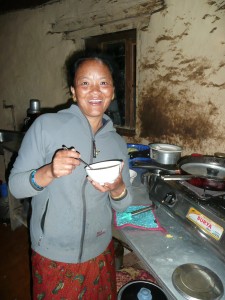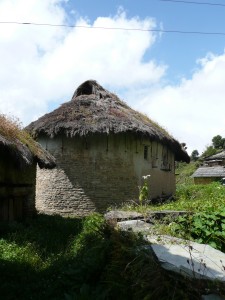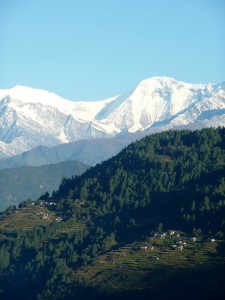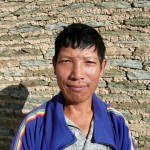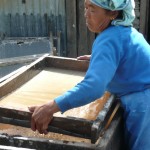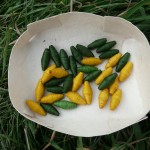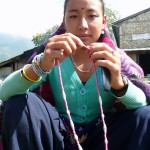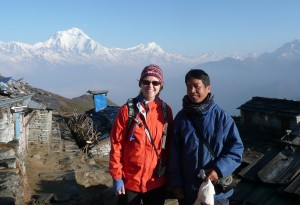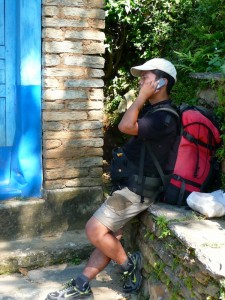This is my fifth trip to Nangi in the past ten years. The walk gets a little harder the older I get but when I arrived at the volunteer house there was Lila, my friend and one of the community healthcare workers (HCW), cooking dal bhat and tarkari, a spicy blend of lentils, rice and vegetables. The sight of her made the fatigue of the journey fade, replaced by her smiling face and laughter…Lila is one of those people who possess boundless energy and the ability to see humor in everyday life.
So began ten days packed with a schizophrenic potpourri of activities. Usually I just work in the clinic and teach emergency and wilderness medicine topics to the HCW but this trip I had planned several projects.
Collecting material for the book was a priority. I interviewed dozens of people including teachers and villagers who knew and worked with Mahabir. I visited the old part of the village where he was born; the site of the old school he attended; and walked the forest and fields to appreciate what it must have been like back in the 1950s and 1960s. I filled two notebooks with interview notes, quotes, observations, musings and as many facts as I could verify. What surprised me was everyone’s willingness to talk…and talk candidly about Mahabir.
As a member of the HEF executive board I visit the many projects to prepare a report for the board. In between collecting material for the book I visited the wireless projects; new volunteer projects in and around the Nangi area such as the water collection system in Mohare Danda; met with the school’s principle and teachers to discuss school issues; supervised a paper bead making class for the paper makers; observed the Lotka paper making process; and reviewed and visited the income earning enterprises supported by HEF such as the community trekking lodge and fish ponds.
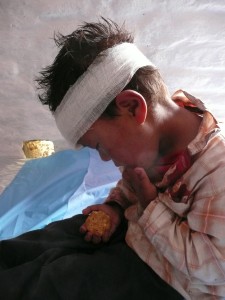
Moti contemplates his cracker after a visit to the clinic for stitches…two days later I saw him running madly around the school yard…surprisingly with his bandage intact.
But my favorite times are spent in the clinic working with Lila and Rupa, the community HCWs. I taught emergency and wilderness medicine topics which suit the wilderness environment. Lila, Rupa and I taught CPR and choking maneuvers to the Aama Suma, which is the mother’s group. Join me next week as I describe the clinic, patients and these two amazing women, Lila and Rupa, who provide medical care with confidence and compassion in this challenging austere environment.

